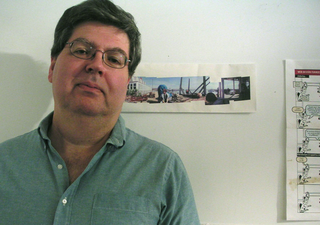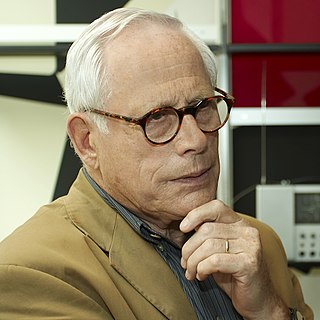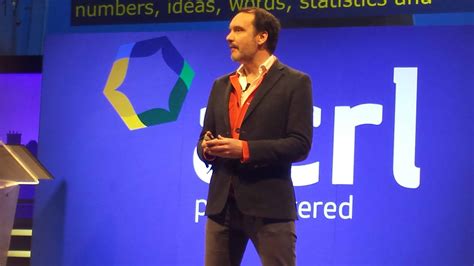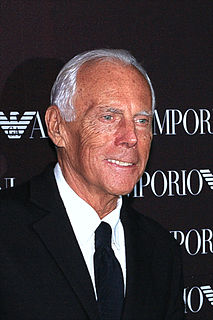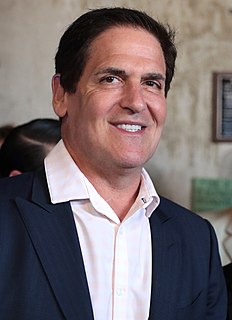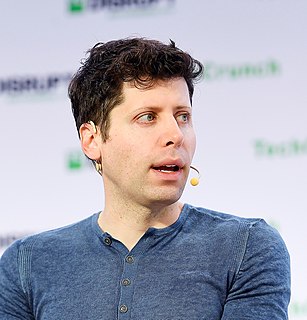A Quote by Steve Krug
When you go to a site, you usually run into usability problems pretty quickly. They're not hidden. They're not complicated. They're not baffling. They were in the design or crept into the design.
Related Quotes
Good design is innovative
2. Good design makes a product useful
3. Good design is aesthetic
4. Good design makes a product understandable
5. Good design is unobtrusive
6. Good design is honest
7. Good design is long-lasting
8. Good design is thorough, down to the last detail
9. Good design is environmentally friendly
10. Good design is as little design as possible
Design is a field of concern, response, and enquiry as often as decision and consequence... it is convenient to group design into three simple categories, though the distinctions are in no way absolute, nor are they always so described: product design (things), environment design (places) and communication design (messages).
The most common misperception is the word 'design'. People think of primarily pretty pictures or forms. They don't understand the depth to which design goes-not only in products, but in every aspect of our life. Whether it is the design of a program, a product or some form of communication, we are living in a world that's totally designed. Somebody made a decision about everything. And it was a design decision.
For years I thought I was just a writer, but when I sat down to design and started playing around with it, I realized that, really, it's pretty easy. Obviously it's more than just a set of rules, but the basics of design are actually pretty simple and quite mathematical. The link between data and design works at quite a fundamental level.
I ended up going to do a matches program at the state for industrial design. And from there, I got hired at IDEO to joint their design team there - and basically, you are starting as an industrial designer to design products - and then kept asking the question, 'What else can design accomplish? What else can design do?'
The tragedy of feminine design is that it receives so little official support. Most of the world's design schools, having been organized by men, encourage a masculine approach, even when they are run by women. Yet many designers who are male in the biological sense have a feminine approach to design.
When we think of design, we usually imagine things that are chosen because they are designed. Vases or comic books or architecture... It turns out, though, that most of what we make or design is actually aimed at a public that is there for something else. The design is important, but the design is not the point. Call it "public design"... Public design is for individuals who have to fill out our tax form, interact with our website or check into our hotel room despite the way it's designed, not because of it.
